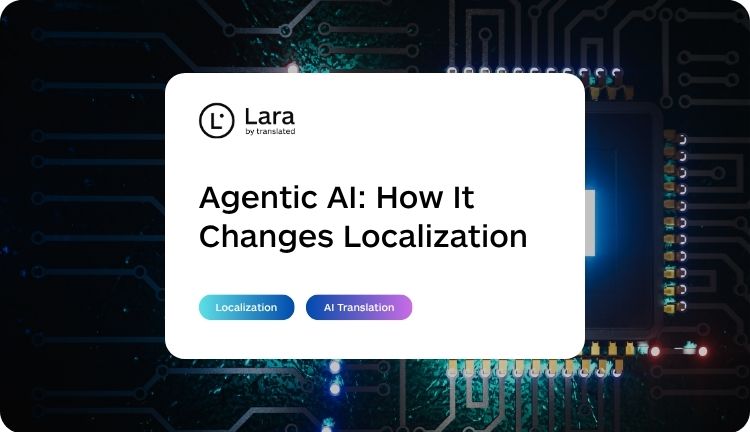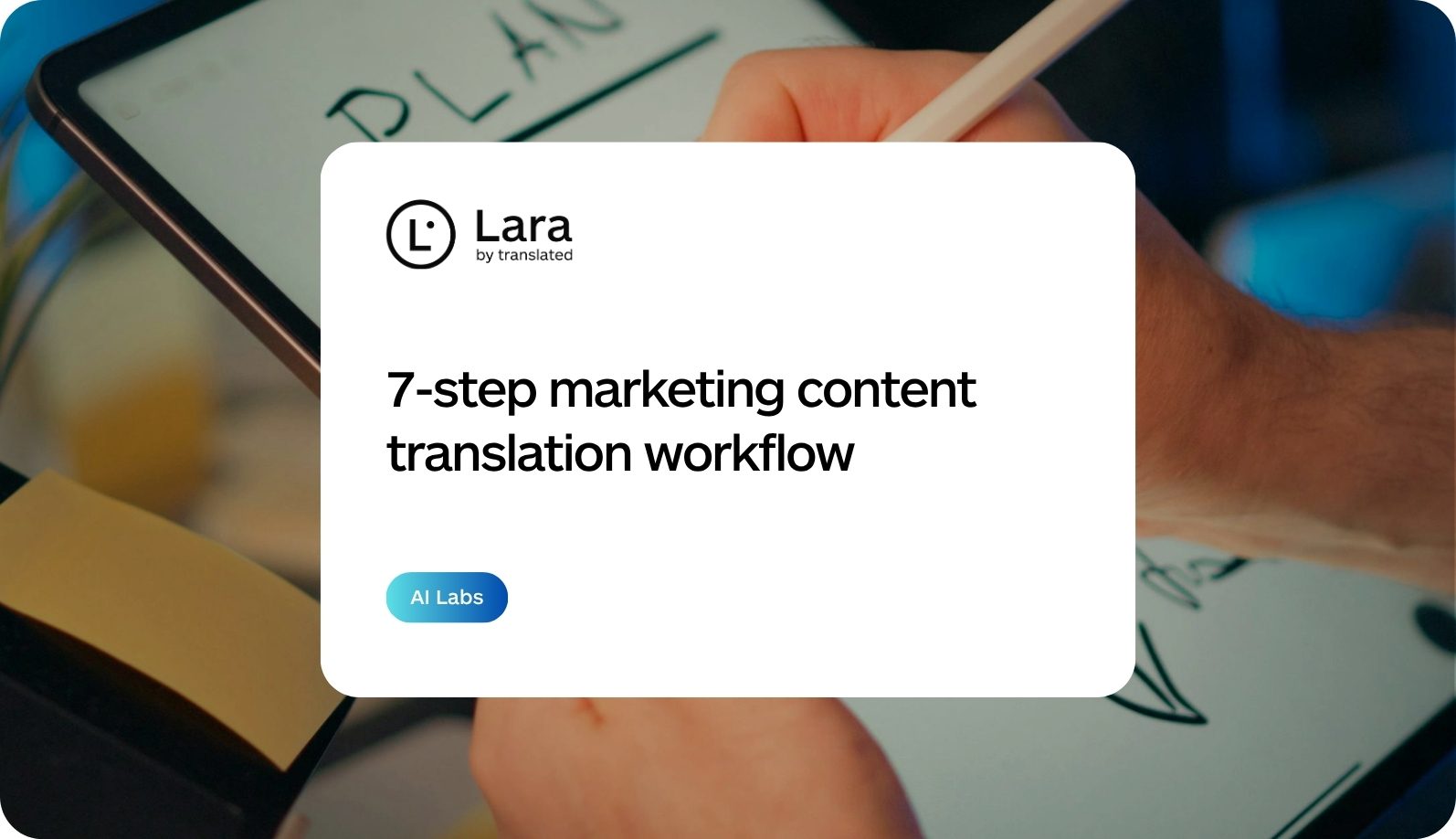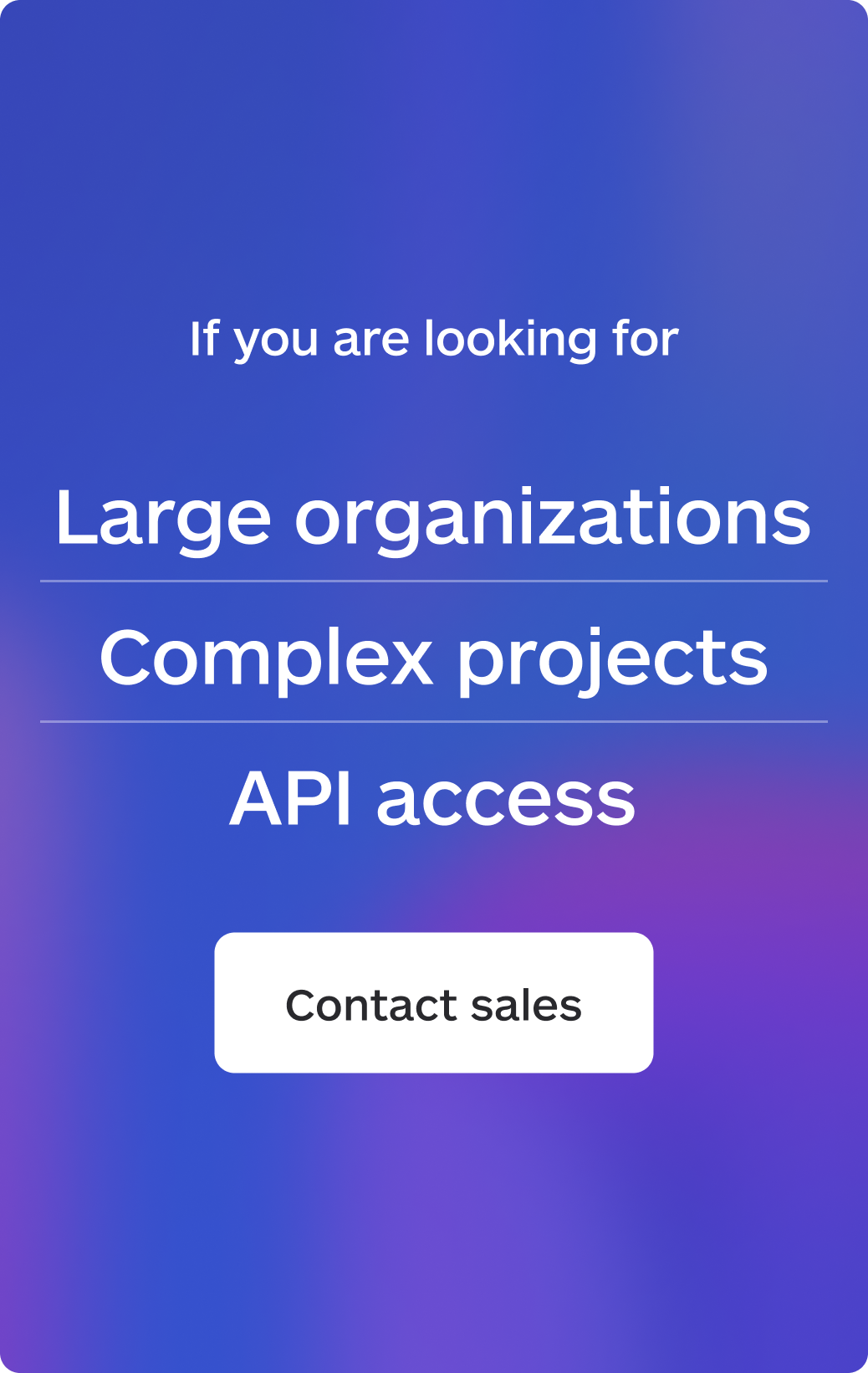Localization and translation teams play a critical role in global growth. From websites and product interfaces to legal documents and marketing campaigns, the demand for high-quality multilingual content is greater than ever. But producing accurate, fast, and culturally appropriate content across multiple markets is a serious challenge.
That’s where Best AI tools for localization and translation teams becomes essential. The right tools can reduce manual work, improve consistency, and allow professionals to scale output without compromising on quality.
Below are 6+ of the most powerful AI tools designed to support localization and translation workflows, boosting productivity while preserving linguistic and cultural integrity.
1. Lara Translate – Professional-Grade Translation with Built-In Context
Best for: Fast, accurate, and context-aware localization at scale
Lara Translate is an AI translation engine designed specifically for teams working at the intersection of speed and quality. Trained on over 25 million professional translations and enriched with annotations from expert linguists, Lara delivers results that go far beyond generic machine translation.
What makes Lara especially effective for localization teams is its ability to understand context and let you guide the tone and intent of your translation. You can choose among three translation styles: faithful (for legal and technical content), fluid (for general purpose), and creative (for marketing materials). You can even upload glossaries to ensure brand consistency.
Highlights include:
- Support for 53 file formats, including Word, PDF, and PPT
- Layout preservation and instant document translation
- Glossary management and terminology control
- Ambiguity detection and explanation of translation choices
- Privacy-friendly: encrypted, with optional incognito mode
Lara is built for professionals who care about both precision and performance. For translation and localization teams under pressure to deliver fast without cutting corners, it’s a game-changer.
2. Crowdin
Best for: Developer-centric localization teams
Crowdin is tailored for teams working on multilingual apps, websites, and games. It allows developers and translators to collaborate in real time, with automation to pull and push content from repositories.
It supports pre-translation using machine translation, customizable workflows, and in-context editing for more accurate results.
3. Phrase
Best for: TMS-driven localization workflows
Phrase is a powerful translation management system that centralizes localization efforts and enables collaboration between translators, developers, and marketers. Its AI capabilities come into play through automation, pre-translation, and quality assurance checks.
With integrations into tools like GitHub, Figma, and Contentful, Phrase helps localization teams maintain control over the entire content lifecycle—from code to copy.
4. Lokalise
Best for: Continuous localization in product teams
Lokalise supports agile localization workflows, especially for SaaS, app, and product teams. Its AI features assist in streamlining translation tasks, automating updates across repositories, and reducing friction between developers and linguists.
Its collaborative interface, APIs, and plugin integrations make it ideal for managing multilingual product releases in fast-paced environments.
5. Wordfast Anywhere
Best for: Cloud-based CAT workflows
Wordfast Anywhere is a free, browser-based CAT tool used by professional translators worldwide. It supports translation memories, glossaries, and segmentation rules — all in the cloud.
Its recent integration with Lara Translate brings AI-powered quality into CAT workflows, making it easier to produce fast, accurate translations without leaving the platform.
6. Smartcat
Best for: Hybrid workflows and translation sourcing
Smartcat combines AI translation with project management and access to a freelance marketplace. It helps teams automate repetitive tasks, maintain consistency, and track progress—all in one platform.
The built-in AI suggests edits, pre-translates segments, and learns from corrections over time. It’s a strong fit for teams working across internal and external resources.
7. Smartling
Best for: Enterprise-grade localization teams
Smartling combines AI-powered translation, automated workflows, and real-time collaboration. It’s built to scale multilingual content across websites, apps, and marketing channels.
Visual context and performance analytics help ensure accuracy and speed at every step.
Conclusion: Lara Translate Leads the Pack
If your team handles large volumes of multilingual content or works across multiple departments and systems, AI for localization and translation teams is not optional — it’s foundational. While many tools help manage process and automation, Lara stands out by combining speed, context, and customization in one seamless experience.
From enterprise-grade files to fast-paced marketing teams, Lara adapts to your needs without sacrificing quality or control.
This article is about:
- The top AI tools for localization and translation workflows
- How Lara Translate brings quality and flexibility at scale
- Tools that help manage content pipelines and automate translation
- Ways to improve speed, tone, and consistency with AI
- Choosing the right tech stack for multilingual content
FAQ
Which AI tools are best for localization and translation?
Top tools include Lara Translate, Phrase, Lokalise, DeepL, Smartcat, Memsource, and Crowdin.
What makes Lara Translate stand out?
It offers translation styles, context input, layout preservation, and glossary support—features built for professional localization teams.
Are AI tools reliable enough for localization?
Yes, especially when paired with human review. AI speeds up the process while maintaining consistency and reducing repetitive tasks.
Can these tools be used by non-developers?
Yes. Most tools include user-friendly interfaces and workflows designed for both technical and non-technical team members.





